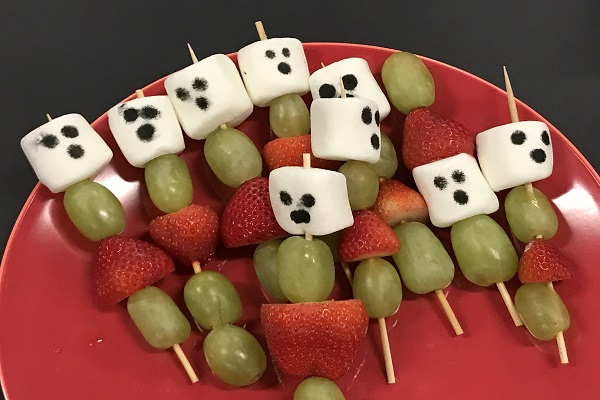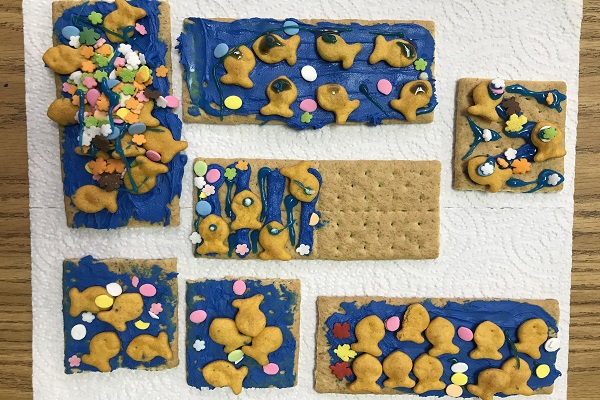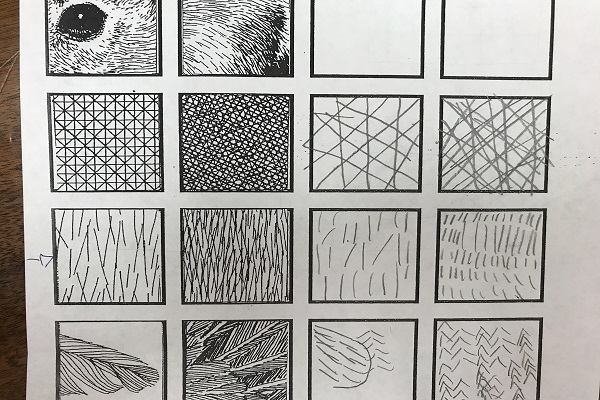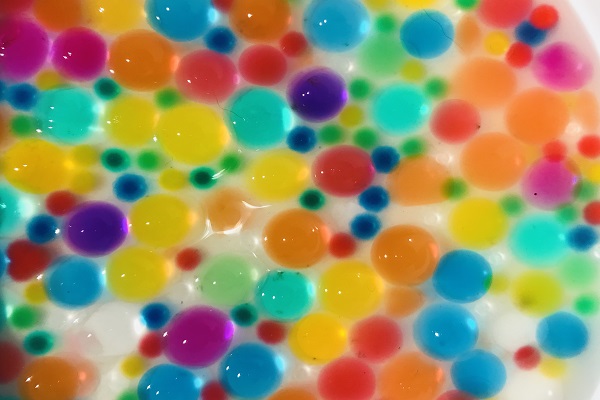01 Dec Counting Shapes
Counting is an important part of living. It involves cognitive and visual motor skills. This sheet makes it fun. OPTIONS: Color the shapes while you count them. Place a sticker on each shape if you come up with the correct answer. Count aloud for articulation practice. Download...













